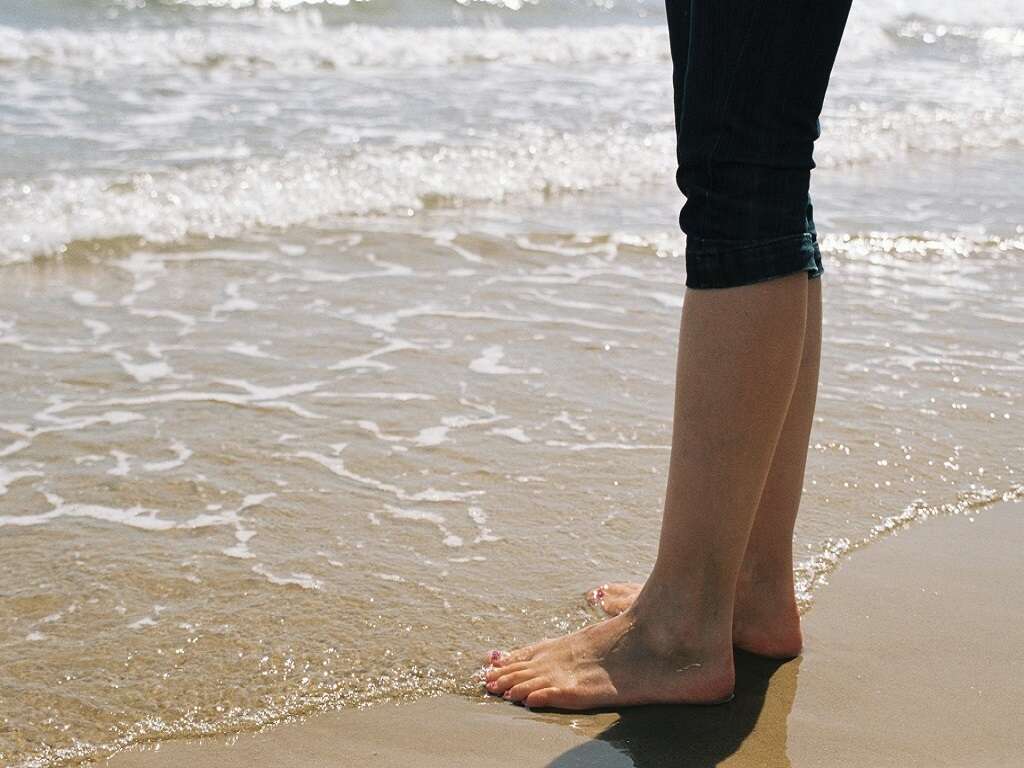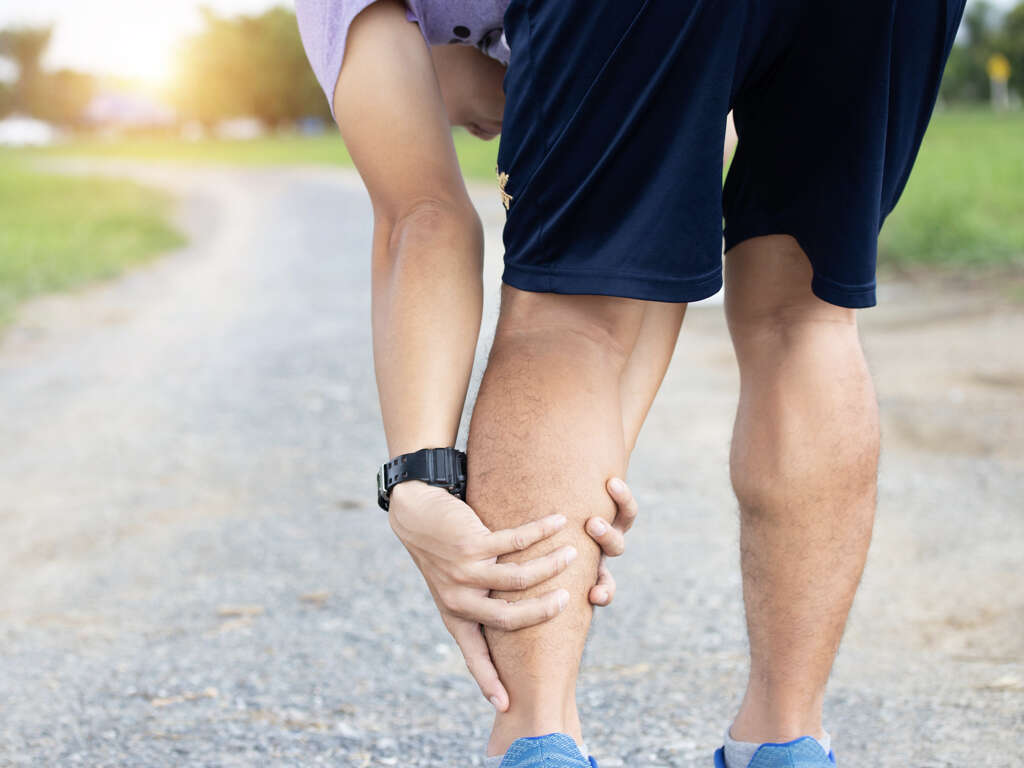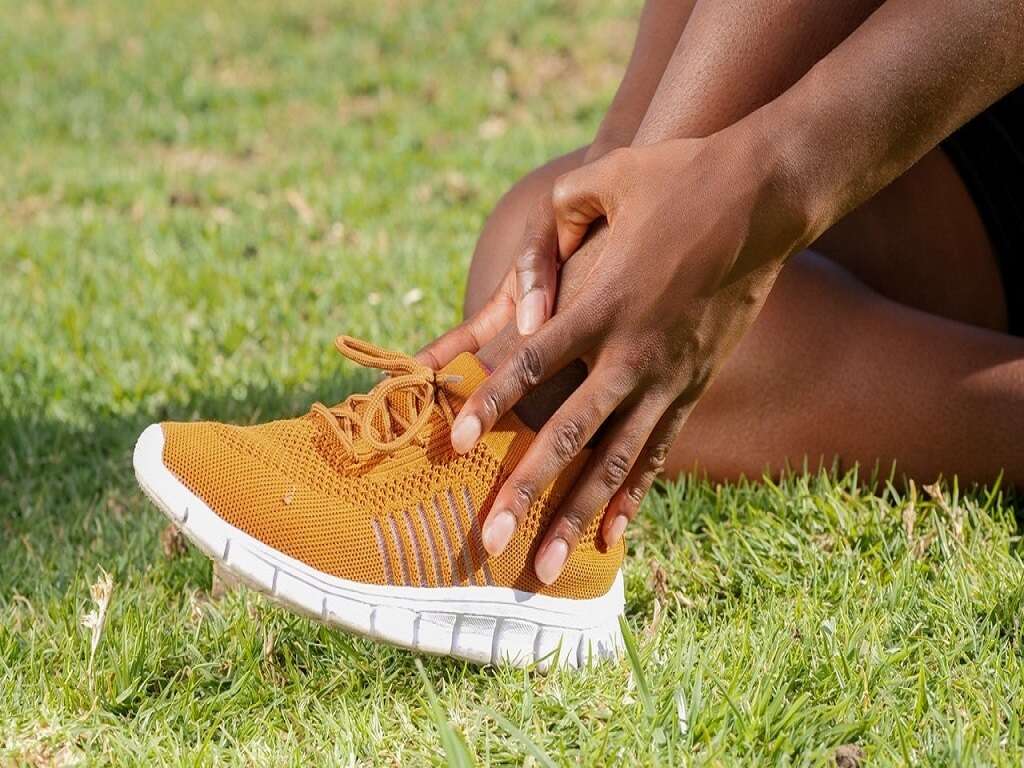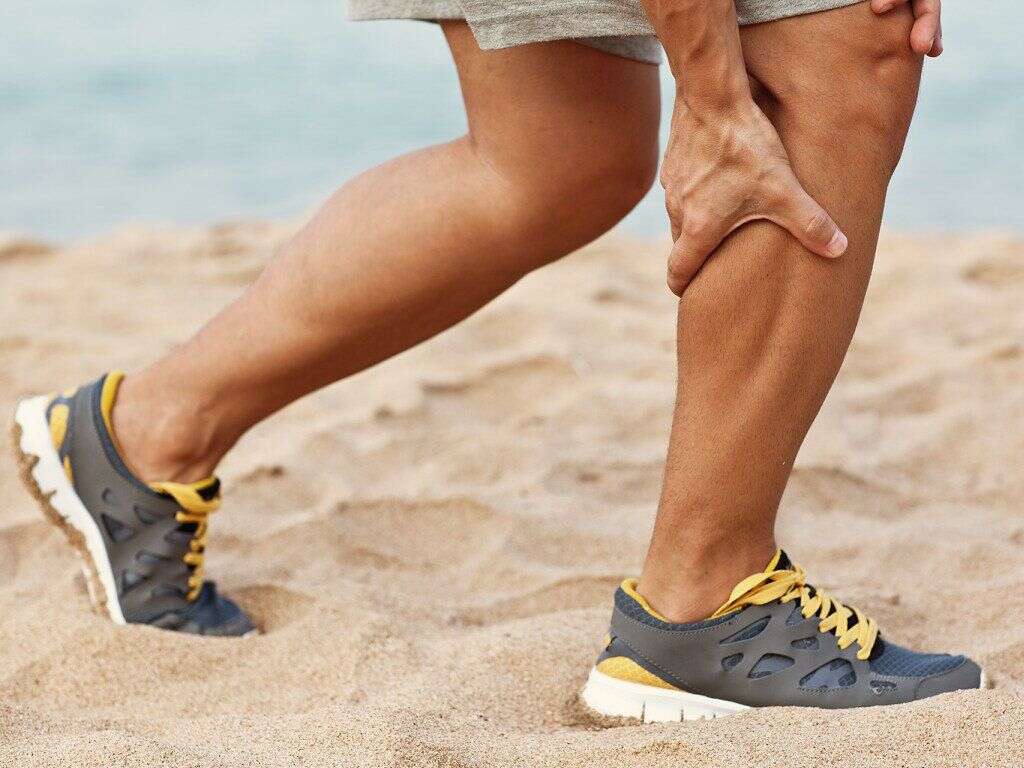10 Leg Cramps Symptoms
 Article Sources
Article Sources
- 1. 'Leg Cramps Causes and Treatment.' NHS, 2 April 2021, www.nhsinform.scot/illnesses-and-conditions/muscle-bone-and-joints/conditions/leg-cramps
- 2. 'Leg Cramps.' NHS, 16 Dec. 2020, www.nhs.uk/conditions/leg-cramps
- 3. 'Leg Swelling.' Mayo Clinic, 25 March 2020, https://www.mayoclinic.org/symptoms/leg-swelling/basics/when-to-see-doctor/sym-20050910
Leg cramps are a painful, involuntary contraction of the muscles in the legs, thighs or feet. These contractions usually only last for a few seconds or minutes, but they can cause soreness that lasts for 24 hours or more.
Leg cramps can be caused by various factors, including dehydration, strain on a particular muscle for a long period of time and underlying medical conditions. Many people experience them at night, and three out of four cases occur during sleep.1‘Leg Cramps Causes and Treatment.’ NHS, 2 April 2021, www.nhsinform.scot/illnesses-and-conditions/muscle-bone-and-joints/conditions/leg-cramps Symptoms of leg cramps are diverse, although they usually don't require medical attention unless the pain persists for several days.
Sudden, Sharp Pain
Leg cramps come with a sharp, tight pain. This pain typically originates from a sudden contraction of the calf muscle. Involuntary contractions in the thigh or feet are also possible, but they're less common.2‘Leg Cramps.’ NHS, 16 Dec. 2020, www.nhs.uk/conditions/leg-cramps
The sharp pain is usually very intense, making the individual temporarily unable to use their leg or foot until the pain passes. Sometimes after a leg cramp, individuals may experience a throbbing or burning sensation that occurs right after the contraction. Fortunately, the initial pain and any resulting uncomfortable sensations don't usually last very long.

A Hard Lump
Some individuals may notice a hard lump after they have a leg cramp. This lump is a mass of muscle that arises after a particularly large spasm. The lump usually isn't painful, but it can be uncomfortable and unappealing to look at.
Those who see a lump arise after a cramp may find that stretching or massage can relieve the area and relax the leg overall, allowing it to recover.

Spasms
As a leg cramp is an involuntary muscle contraction, a person's leg may spasm when the cramp happens. A spasm can be both unpleasant and surprising, especially if the cramp occurs during the night.
Sometimes, a cramp may come with multiple spasms. Typically, the spasms that occur after the initial cramp are not as intense as the first one and go away quickly. Those who have more than one spasm shouldn't put any pressure on their leg until it stops spasming.

Stiffness
Stiffness is another symptom of leg cramps and may occur after a spasm as the muscle area recovers. As with other common symptoms, stiffness usually ameliorates within seconds or minutes after the cramp.
If a person's leg or foot remains stiff for longer than 10 minutes, it's a good idea to see a medical professional to rule out other conditions. Some leg cramps have underlying causes, such as a medical condition or disease.

Immobility
Since the pain tends to be severe, many individuals find themselves immobile for a short period of time after they get a cramp. While experiencing the cramp, they're generally unable to move, but they may also have difficulty moving for a few moments or even minutes afterward.
After an individual is able to move again, they may still feel a slight pressure on their leg or foot muscles for another minute or so.

Swelling
In serious cases, an individual may notice their leg swelling after they experience a leg cramp. This swelling may be due to fluid buildup in the legs or inflammation of the muscle tissue or joints.
If swelling is found after a leg cramp, it is advised that individuals seek medical attention. This could be a sign of a more serious condition, such as a blood clot or even heart disease.
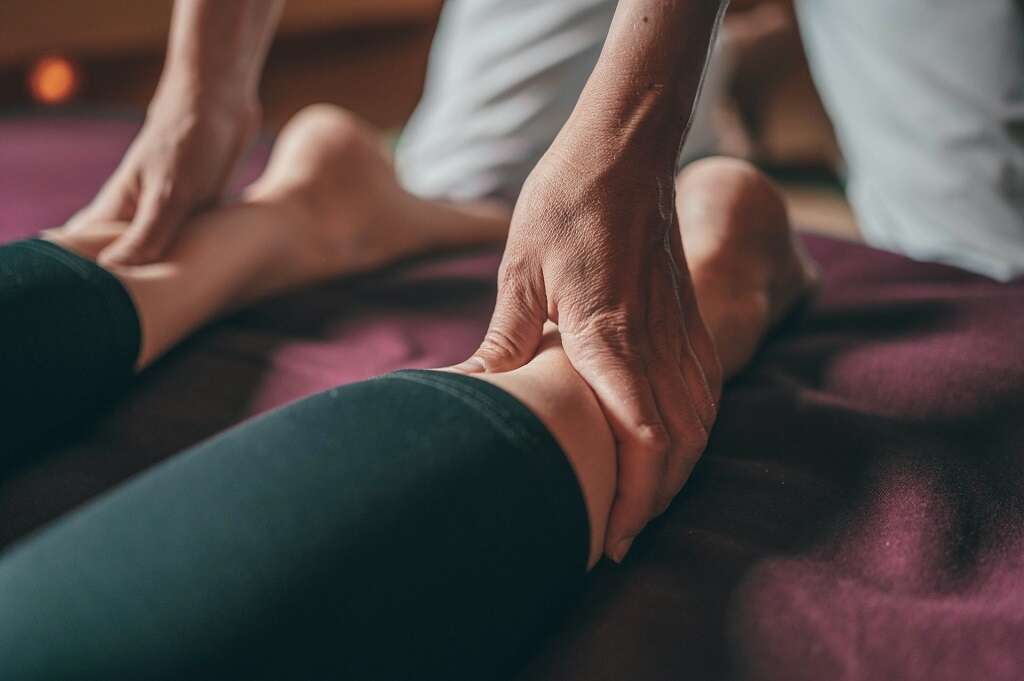
Redness
Redness can appear after cramping, although this is rare. The leg or foot where the cramp occurred may begin to have a reddish tone, which is sometimes accompanied by a warm or burning feeling.
Since redness is typically infrequent, it may also be a sign of a more serious medical condition.3‘Leg Swelling.’ Mayo Clinic, 25 March 2020, https://www.mayoclinic.org/symptoms/leg-swelling/basics/when-to-see-doctor/sym-20050910 It could be related to either a skin condition in the area or a disease of the veins.

Weakness
Many types of bodily pain can make an individual feel weak, and leg cramps are no different. Those who develop leg cramps due to strenuous exercise may feel especially weak and fatigued.
Rest is a vital step in muscle recovery. Even if a person only experiences one leg cramp incident, they should not exercise the affected area until they regain their strength. Otherwise, more intense leg cramps or more serious injuries can develop.

Tenderness
As with many other types of muscle pain, tenderness in the affected area can linger for a while after a leg cramp. At times, the leg or foot muscle may hurt when touched, giving the same sensation as touching a bruise.
To lessen the tenderness, individuals can place an ice pack on the painful area initially, followed by a heating pad later on. Massaging the area can also bring back more blood flow into the area, which may lead to a steady recovery.
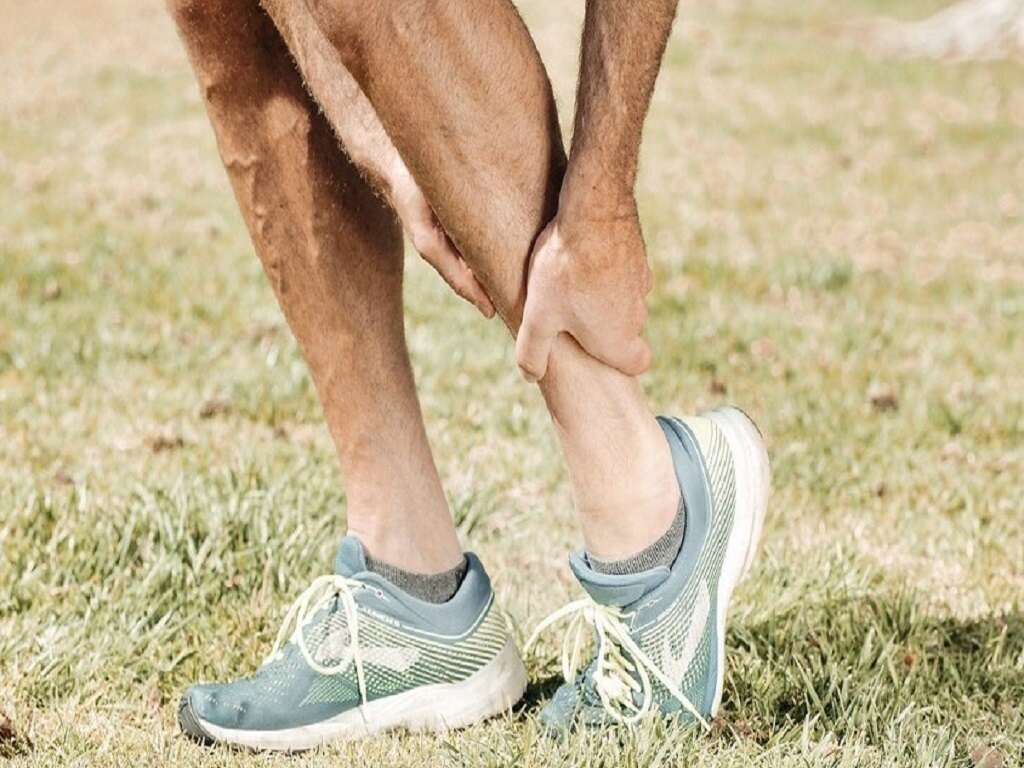
Interrupted Sleep
While many people experience leg cramps from time to time, those who have leg cramps on a frequent basis may encounter interrupted sleep. This is especially true if an individual experiences leg cramps at night. In fact, 60 percent of adults report that they've experienced nocturnal leg cramps.
On a broader scale, interrupted sleep can lead to restlessness, daytime fatigue and various sleeping problems. Those who begin having frequent nights of interrupted sleep due to leg cramps should see their doctor for relief options.




